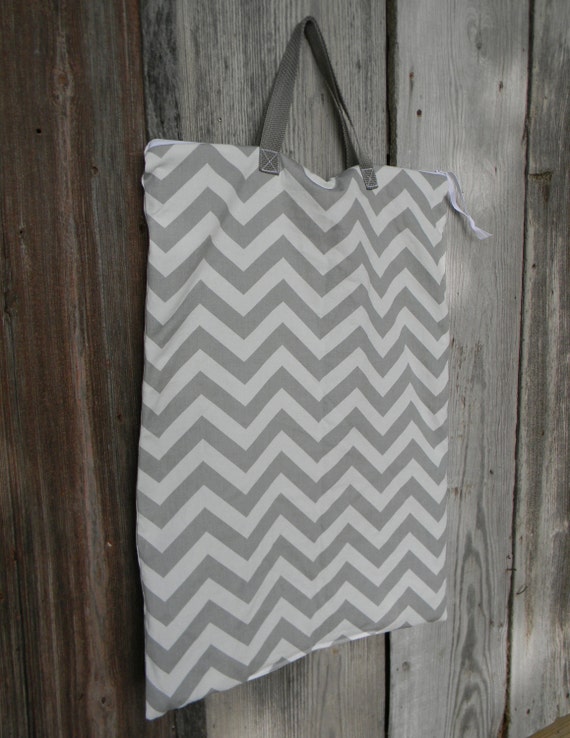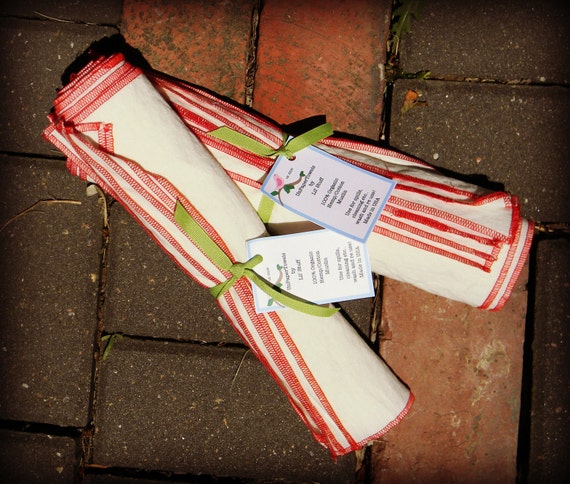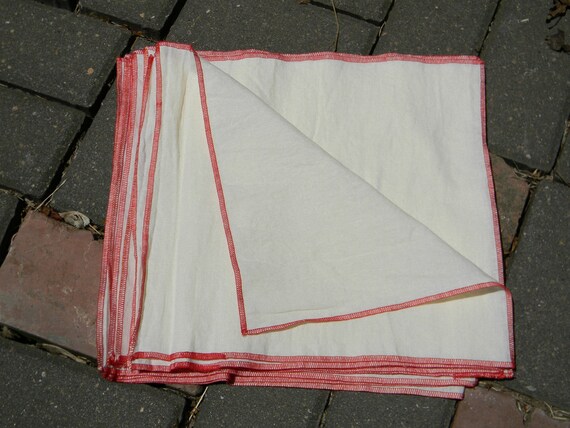Last spring I started a series on fabrics, I covered bamboo and hemp pros and cons. I meant to move on to cotton, but reading about all the chemicals used in the growing and manufacturing process was so overwhelming that I put it aside for a while. Now I feel ready to tackle the cotton question. I am taking several excerpts from OrganicClothing.blogs.com and I suggest that if you want more information (much more) you read their blogs, as they have so much information on everything natural, organic and healthy in regards to clothing and fashion.
First of all, before we even get to the part about what is touching your skin and possibly being absorbed, read about conventional cotton farming. Keep in mind that so much of our clothing and cotton comes from other countries, who most likely have an even lower standard of chemical use that the U.S.
Conventionally grown cotton. Farmers in the United States apply nearly one-third of a pound of chemical fertilizers and pesticides for every pound of cotton harvested. When all nineteen cotton-growing states are tallied, cotton crops account for twenty-five percent of all the pesticides used in the U.S. Some of these chemicals are among the most toxic classified by the U.S. Environmental Protection Agency. In developing countries, where regulations are less stringent, the amount of herbicides and insecticides and their toxicity is often greater than in the U.S.
Perspective, just 2.4% of the world's arable land is planted with cotton yet it accounts for 24% of the world's insecticide market and 11% of global pesticides sales, making it the most pesticide-intensive crop grown on the planet. The pesticides used by farmers not only kill cotton pests but also decimate populations of beneficial insects such as ladybugs and parasitic wasps. Because their natural enemies have been eradicated, these target insects, which were once only minor nuisances for farmers, become greater problems and ever-increasing quantities of toxic chemicals must be sprayed to keep them in check. Farmers then become stuck on what is known as the ‘pesticide treadmill’.
Pesticides not only disrupt the balance of nature in the field, but also harm people who come in contact with them. According to the Organic Consumers Association, the use of pesticides, which includes insecticides, herbicides and fungicides, for conventional cotton production has created serious problems for human health and the environment in all cotton-growing regions worldwide. organicclothing.blogs.com
Also the byproducts of cotton are used for animal feed and to make cotton seed oil, thus further adding to the chemical contamination in our food chain.
So lets talk about what that means to your personal pelt - here are a few pesticide statistics
*1/3 of a pound of chemicals went into producing enough cotton for ONE t-shirt.
*It took 3/4 of a pound of chemicals to make that ONE pair of designer jeans.
*The same materials used to make the clothes you wear ALL DAY- EVERY DAY, are the same materials that you lay in for 8+ hours every night while getting your ZZZ’s.
taken from http://blog.magnoliaorganics.com/
The excerpt below talks about the chemical process in the manufacturing of cotton. While the chemicals used to grown cotton may be mostly washed out during manufacturing, the chemicals used to finish it are not. This is what poses a danger to our own personal skin...
Conventionally Manufactured Cotton. Conventionally manufactured cotton must be chemically processed to become the soft fiber that consumers love. Although cotton is one of the most heavily sprayed crops in the United States, much of the pesticide and herbicide is bleached out or washed away during the manufacturing process, but a variety of toxic chemicals, oils, and waxes are used to manufacture, knit and weave convention cotton fabrics. The chemical residues of these processes constitute the major sensitivity problems experienced by people suffering from Multiple Chemical Sensitivities.
Only in the spinning process where cotton fibers are spun into yarn is cotton untouched by chemicals or oils. After spinning, the yarn receives a polyvinyl alcohol sizing to make the yarn easier to weave. After weaving, the fabric is then bleached. Half the companies in the U.S. use hydrogen peroxide, but half still use highly toxic chlorine. Companies outside the >U.S. and Europe, where most garments are produced, are more likely to use chlorine. The sizing is then removed from the fabric with a detergent. Next, it is washed or “scoured” with sodium hydroxide. Finally, it is piece-dyed, often with formaldehyde-fixing agents. An additional washing is needed to attempt to remove the formaldehyde-fixing agents.
The last step is finishing and this is where many chemical sensitivity problems begin. A urea-formaldehyde product which cross-links molecules is routinely applied to all United States cottons to reduce shrinkage and wrinkling. Cotton is a fiber designed by nature to absorb, and heat is used to lock finishes into the fiber. When heat is applied, this molecule expands and becomes permanently bound in the fiber. That is why it cannot be washed or dry cleaned out. organicclothing.blogs.com
Lastly lets look at the processing and manufacturing of organic cotton to compare...
Organically grown cotton. Working with rather than against nature is the guiding principle behind organic farming. Organic farmers use biologically-based rather than chemically dependent growing systems to raise crops. While many conventional farmers are reacting to the ecological disorder created by monocultures, organic farmers focus on preventing problems before they occur.
By focusing on managing rather than completely eliminating troublesome weeds and insects, organic farmers are able to maintain ecological balance and protect the environment. Organic cotton is now being grown in more than 18 countries worldwide. In the United States, approximately 10,000 acres of organic cotton were planted in 1998 in the Mid-South, Texas and California.
And wearing it.....
Manufacturing organic cotton. At each manufacturing step, organic clothing manufacturers do not add petroleum scours, silicon waxes, formaldehyde, anti-wrinkling agents, chlorine bleaches, or other unauthentic materials. Natural alternatives such as natural spinning oils that biodegrade easily are used to facilitate spinning; potato starch is used for sizing; hydrogen peroxide is used for bleaching; organic color grown cottons and low-impact dyes and earth clays are used for coloration; and natural vegetable and mineral inks and binders are used for printing on organic cotton fabric. These natural alternatives are used to reduce and eliminate the toxic consequences found in conventional cotton fabric manufacturing.
Because of its impact on the environment, and the laborers who grow and process the cotton, and because of the amount of chemicals used to process and manufacture the cotton into fabric, I am making the decision to work towards more organic clothing. In my shop I already use only organic fabrics for things that regularly touch your skin(except the back side of my wipes, which I am working on). While organic clothing is somewhat hard to find, especially for adults, I am happy to discover organicclothing.blogs.com as they also have a large line of products and links to other sellers. It is a lot to think about, and can seem overwhelming, but every little change we make helps.
.jpg)














